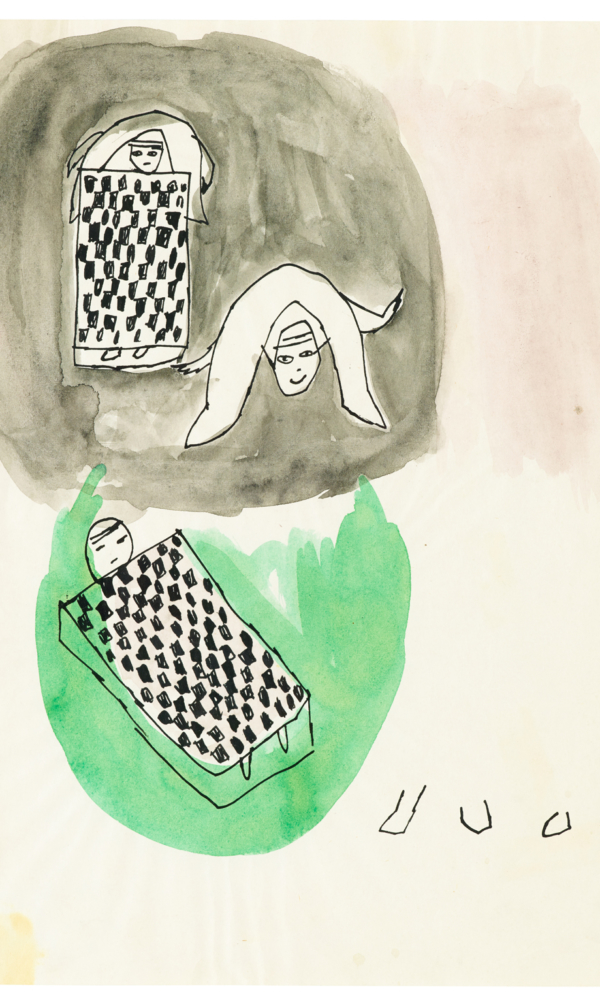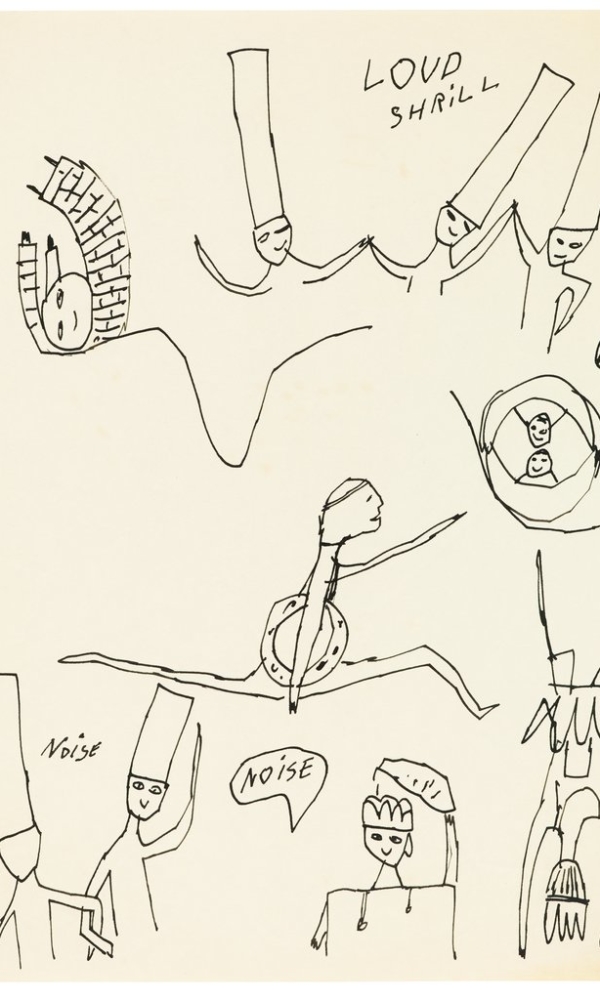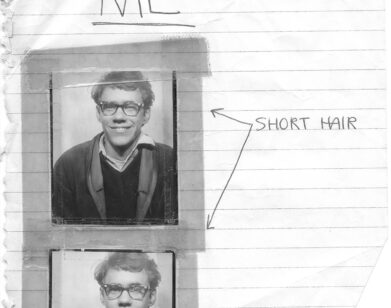Andy Warhol’s Picture Books Are A Surreal, Horny Fairy Tale

Before he made the soup cans or the Marilyns, or this magazine, Andy Warhol was an ad-world illustrator who put together childlike (but innuendo-laden) picture books for his clients and friends. The following drawings are, as the co-owner of Galerie Buchholz Christopher Müller explains, from a surreal fairy tale starring a sassy chimney, some hard-partying chairs, and a horny headboard.
———

“In the early ’50s, Warhol would make these handmade books with his friend Ralph Thomas ‘Corkie’ Ward. Warhol sent these books around at Christmas or gave them away to his Madison Avenue advertising clients. They were privately published and only meant for a specific audience and circle of friends. An earlier one he made was called A is an Alphabet, which was like a children’s book but written in the extremely coded gay language. It was directed very much toward this flamboyant scene that surrounded Serendipity 3, which was an ice cream parlor where Warhol always went.”
———

“These drawings are studies for The House That Went to Town. I think it’s a play on the famous children’s book The Little House by Virginia Lee Burton. To me, it seems like a coming-out story in which the contents of a house leave their confines for the city. The headboard and the footboard of the bed are bored and want to go to town, so they sneak out of the house, trying not to wake up the mattress, and especially not the oak floor. Then a chair brings along the painting, and then the walls go, then almost all the elements in this house end up having this secret party in New York—until the floor and mattress wake up and yell at all of them to come back.”
———

“The blotted-line technique found in this book was Warhol’s first signature style, which implemented the idea of reproduction and which was, in a way, a foreshadowing for the silkscreen works he did later. I think what was important for Warhol was the distancing effect this had. Although they were very clear and recognizably his, he unapologetically affirmed that these works were made in a collaborative way. His mother would do parts, or his friends would color them in. He even held coloring-in parties at Serendipity 3. As with the later silkscreens, you could never know what was made using his hand.”
———

“When Warhol came to New York, he was more or less immediately successful in the advertising world, but he wanted to be an artist. He made these works that spoke to this gay circle, but he wanted to show at the Leo Castelli Gallery and be like Jasper Johns or Robert Rauschenberg, two other gay artists who had made it in the heterosexual world and whom he envied and wanted to be so badly. None of these artists took him seriously at first, because he already had a name in this other world. So these works were something that he left behind when he started doing his silk screens, which he hoped would give him the authority—or butchness—of abstract expressionism.”
———
“The House That Went to Town,” along with other early Warhol drawings, will be on view at Galerie Buchholz New York from July 11 to August 30.






